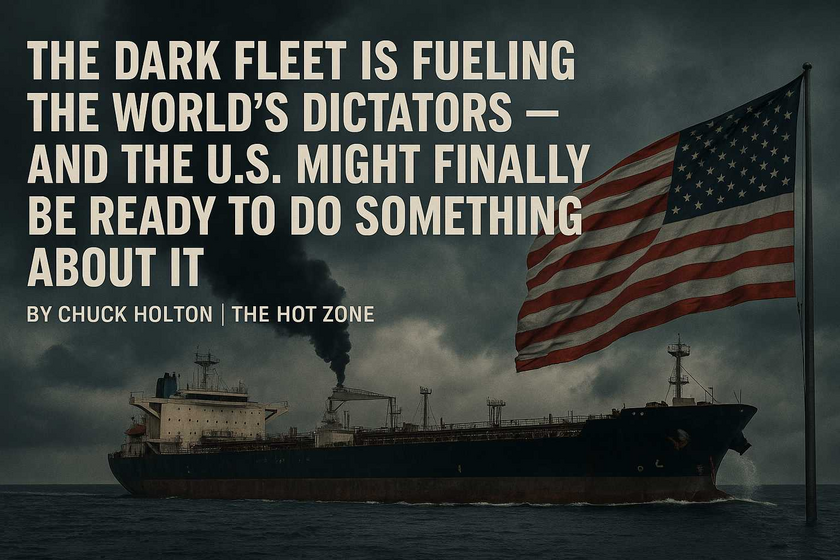Reminder: Live Call with Chuck Tomorrow at 12PM
Join Chuck Holton and the Hot Zone crew tomorrow, December 20th at 12PM for a special live call!
We’ll be announcing the winners of the Christmas giveaway and giving you an inside look at what’s coming next for The Hot Zone.


















